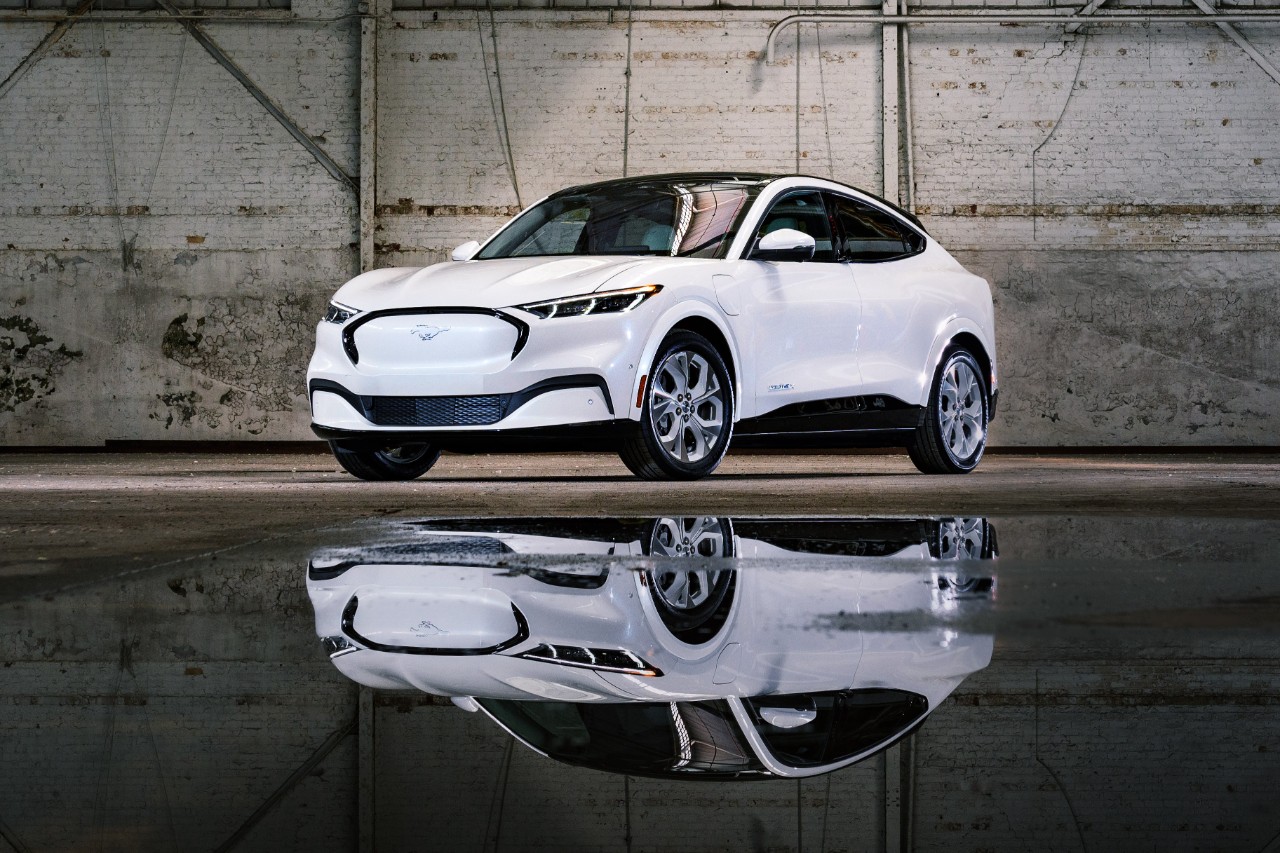You'll never guess where the latest challenge to SpaceX is coming from. Well ... unless you read the title up above. Okay, I guess I should come right out and say it: It's China.
Earlier this month, a previously unheard-of space company by the name of Link Space Aerospace Technology Inc. made its grand entrance onto the "new space" stage, publishing a presentation describing its plan to develop a reusable "New Line-1" rocketship mimicking SpaceX's Falcon 9. But what is Link Space exactly, and how does it plan to challenge Elon Musk and his Amazing Rocket Factory?

Link Space has a business model. It's got a rocket. But can it win the race to space? Image source: Link Space.
What is Link Space?
Founded in Shenzhen in China's Guangdong province in 2014 but currently based out of Beijing, Link Space is a relative newcomer even in an industry that's commonly described as "new space." The company already successfully conducted a "hover" test flight (a precondition to rocket reusability) of one of its rockets in 2016. But Link Space's market capitalization, to the extent it has one, may be as little as $16.2 million. (In 2014, Link Space was inviting investors to buy 5%-block shares of the company for $810,000 a block.)
Contrast that with SpaceX's own private equity market valuation -- $21 billion as of its latest round of funding in July 2017 -- and you can see that Link Space has a lot of catching up to do if it's to overtake SpaceX.
What does Link Space want to do, exactly?
To understand what Link Space's intentions are, the better question is what don't they want to do. According to Link Space's webpage, the company's ambitions range from manufacturing rockets and satellites to designing engines, avionics, and "structures." Ultimately, the company appears set on providing "space transportation" of small cargo loads massing 200 kilograms into orbit, with use of a 66-foot tall, four-engine, liquid-fueled New Line-1 reusable rocket.
But even that may not be the end of Link Space's ambitions.
According to an article on ChinaDaily.com back in 2014, Link Space sees one possible business model including the fee-based transportation of cargo and passengers from point to point on Earth -- by rocket. Amazingly, this idea appears to predate a (at the time seemingly) novel plan floated by Elon Musk at last year's Code Conference in Rancho Palos Verdes. There, Musk mused that a really fast, relandable rocket could move cargo "to anywhere on Earth in 45 minutes at the longest." Musk suggested a rocket trip "from New York to Tokyo" could take as little as "25 minutes." In Link Space's version, the goal would be to fly passengers from Hong Kong to California in 30 minutes.
Can Link Space really compete with SpaceX?
Elon Musk has been urging fellow pioneers in the field of "new space" (i.e. privately owned, start-up space companies -- not NASA) to develop reusable rockets of their own, seeing this as the future of spaceflight. Link Space appears to be taking him up on that invitation. Link Space CEO Hu Zhenyu even says so outright: "SpaceX is very cool and Falcon 9 is extremely great, we take SpaceX as our goal and guider."
And yet, Link Space still has a ways to go before it catches up with the trailblazing Musk. For one thing, at an expected capacity of just 200 kilograms, Link Space's New Line-1 rocket won't be able to lift nearly the payloads that SpaceX's Falcon can. At 22,800 kg in rated capacity, Falcon 9 is more than 100 times more powerful. In fact, despite Link Space's clear admiration for SpaceX, the two companies appear to be targeting entirely different markets.
The "China effect" on new space
SpaceX, with its greater lift capacity, is competing with the incumbent giants of space launch -- firms like Airbus' Arianespace, and Boeing and Lockheed Martin's United Launch Alliance. And SpaceX poses a real threat to the business models at Airbus, Boeing, and Lockheed, each of which charges significantly more for their satellite launches than does SpaceX.
At first glance, Link Space would seem to pose just as significant a threat to SpaceX. After all, according to the company, Link Space is planning to charge just $2.25 million for launches aboard New Line-1. But here's the thing: Because New Line-1's payload is so much smaller than SpaceX's, Link Space is actually more of a threat to emerging small satellite launchers such as Vector, Virgin Orbit, and Rocket Lab. Like Link Space, each of these outfits plans to offer small satellite launch services for just a few million dollars per flight. Like Link Space, their payloads are measured in kilograms, not tons. And like Link Space ... they have yet to launch a payload into orbit.
For the time being, the race to space for small rocket launchers remains wide open. Whether Link Space can stay in that race (or win it) may depend largely on whether its rivals can get their rockets into orbit in the next year or so before Link Space can do the same with New Line-1. In that regard, Link Space is targeting a 2021 date for its first orbital launch.
Gentlemen, start your small rocket engines. This race is on.





